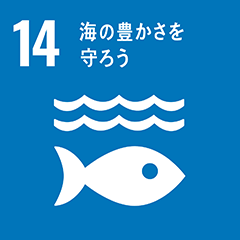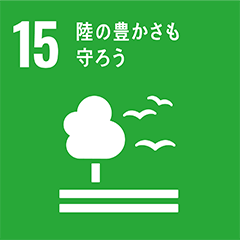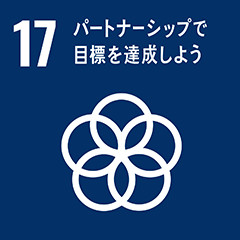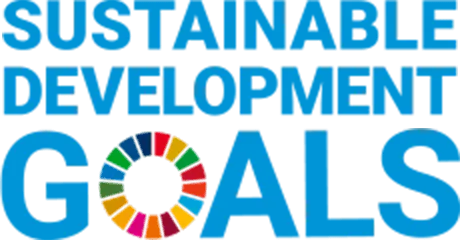Inochi Declaration
Inherit the legacy of co-evolution between life and Earth, and now move into the next stage of co-evolution between humanity and the planet. Let us reframe the Anthropocene as the century of upgrading Earth’s operating system by humanity, and awaken the intellectual creativity that is inherent in all of us.
Why don’t we have a world map or globe that shows the Earth’s current state in real time? This question inspired the Earth Literacy Program to develop the world’s first interactive digital globe—“Sphere—The Tangible Earth”. This globe displays real-time data on the Earth’s condition and has been disseminated in educational and civic contexts across Japan and abroad.
While the information environment has evolved rapidly through social media and the metaverse, essential information related to our Inochi has, paradoxically, become harder to see. Where does our food, water, and energy come from? In today’s world, we can order nearly anything from the other side of the planet with just a tap on a smartphone—but how sustainable is this “planet-sized lifestyle”? If our lives are unknowingly transforming the Earth’s environment and human societies, shouldn’t we build systems that make such impacts visible? We live in an age of information overload, which is also, paradoxically, an age of informational deprivation. What we need now is an update to our information environment—one that allows us to feel the “temperature and condition” of the Earth. It was in pursuit of such a sensory interface that we created this digital globe.
However, the purpose is not to simply visualize global environmental issues and stir anxiety. Rather, we must remember:
Earth is not only a planet that has nurtured life—life itself has nurtured the Earth.
For instance, cyanobacteria transformed the Earth 2.7 billion years ago by producing oxygen. This oxygen then formed the ozone layer, shielding life from harmful UV rays and allowing vegetation to colonize land, ultimately “terraforming” Earth into the lush, green planet we know today. Each of these moments marks a dramatic update of Earth’s “operating system” (OS). At every step, life has transformed the environment while simultaneously addressing the new challenges it created—such as pollution from metabolic byproducts— thus upgrading the economy of the planetary biosphere.
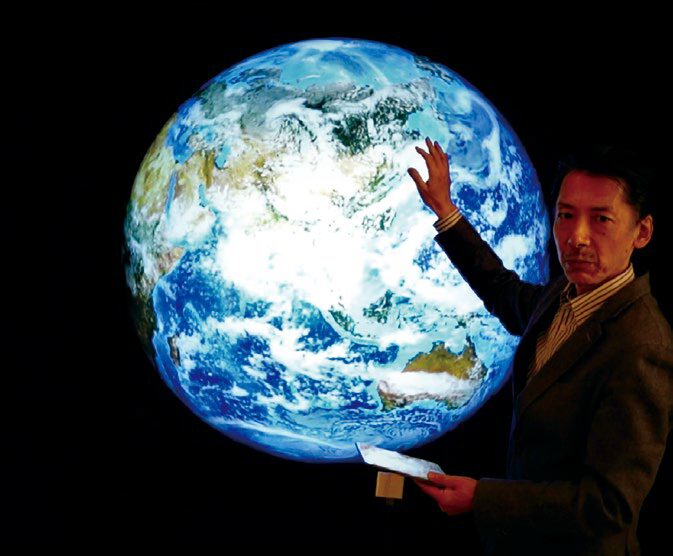
Sphere – The Tangible Earth
We humans now stand at the threshold of writing the next chapter of this ongoing story of co-evolution between life and Earth. Humanity may be in the process of adding a new layer of self-awareness to this magnificent planetary system—one that monitors the Earth’s condition and contributes to its continued evolution. In terms of impact, we humans are not the first or only terraformers in Earth’s history. But we are the first form of life capable of self-awareness in real time, capable of monitoring the planet’s condition and intentionally altering its trajectory.
“Sphere—The Tangible Earth” is a first step toward creating this kind of sensory infrastructure for planetary self-awareness. It is a tool to know and feel the “now” of the Earth. Our long-term vision is to foster a world where everyone holds a “living Earth” within their heart—a cognitive evolution for humanity.
The technological civilization that brought great advancement in the 20th century is still immature when compared to the highly efficient, ambient-condition processes of the Earth’s biosphere. Ironically, it is not the advancement, but the immaturity of human technology that has caused environmental damage. And yet, there are signs of maturity. Technologies that mimic photosynthesis to harness solar energy for human use, and the concept of a circular economy that emulates nature’s closed-loop systems—where even waste and excrement do not exist—are beginning to emerge.
The internet, comprising AI and diverse IoT devices, may eventually function as a planetary nervous system, monitoring global material flows and connecting humanity with other life forms and ecosystems.
It is crucial that we pass on this vision—a hopeful future in which humanity contributes to the Earth’s evolution—to the next generation. The Earth Literacy Program’s initiatives, including the promotion of the digital globe, are intended to support this endeavor.
Together with organizations like the Earth Literacy Program, the Inochi Forum seeks to form creative “co-evolutionary” partnerships between humanity and the Earth, using various tools to accelerate this transformation.
[References]
・SPHERE – The Tangible Earth (Official Site)
https://sphere.blue/
・University of Creativity – Co-Creation Earth School
https://uoc.world/mandala/details/?id=06Qb0V1v632
[Action Platform]
SDGs+Beyond
[SDGs]
